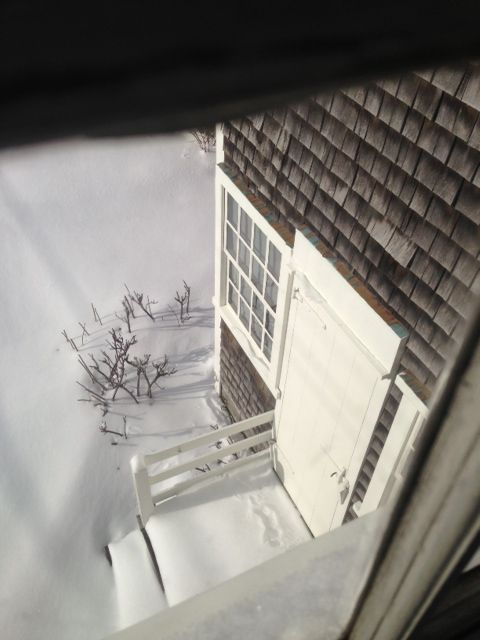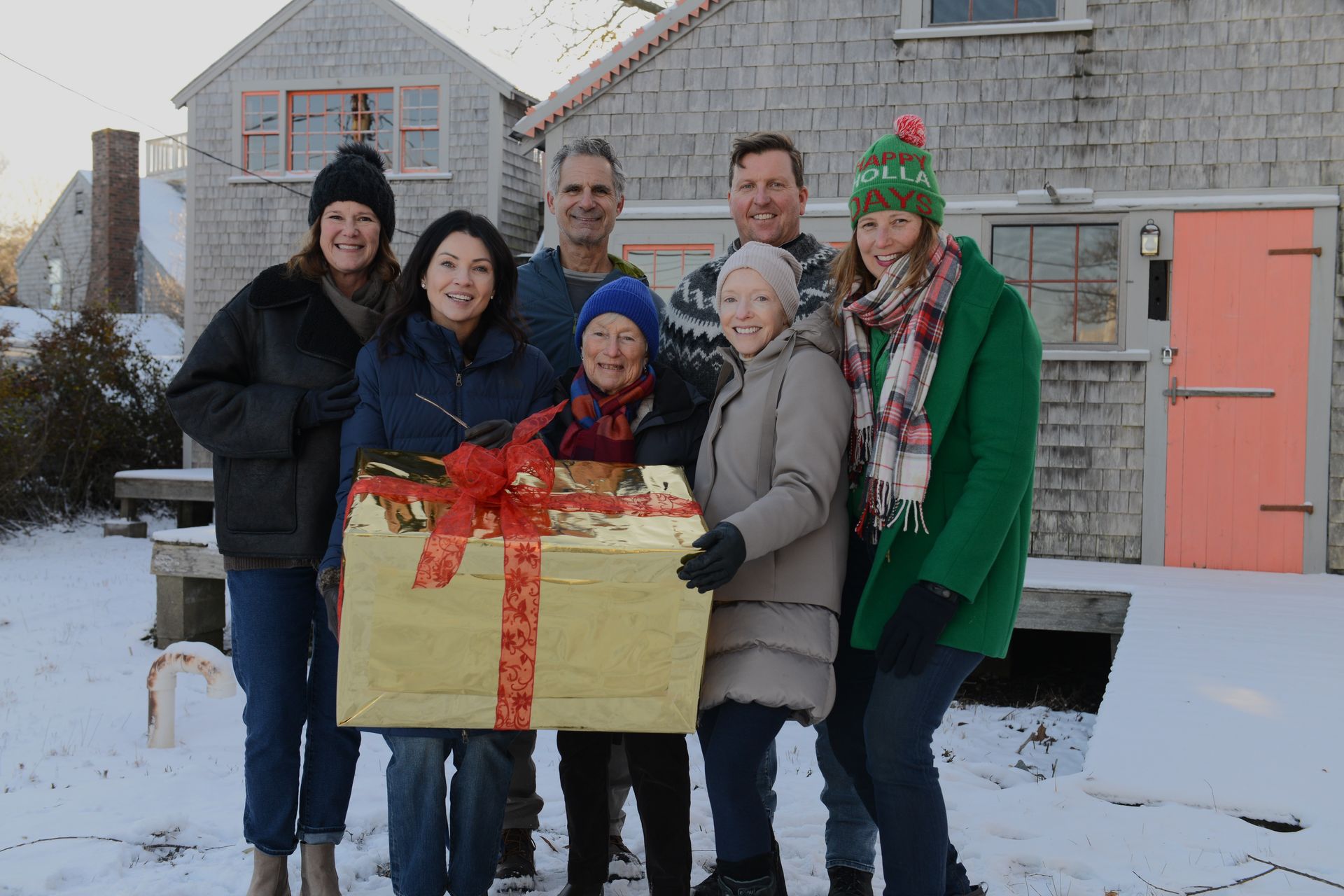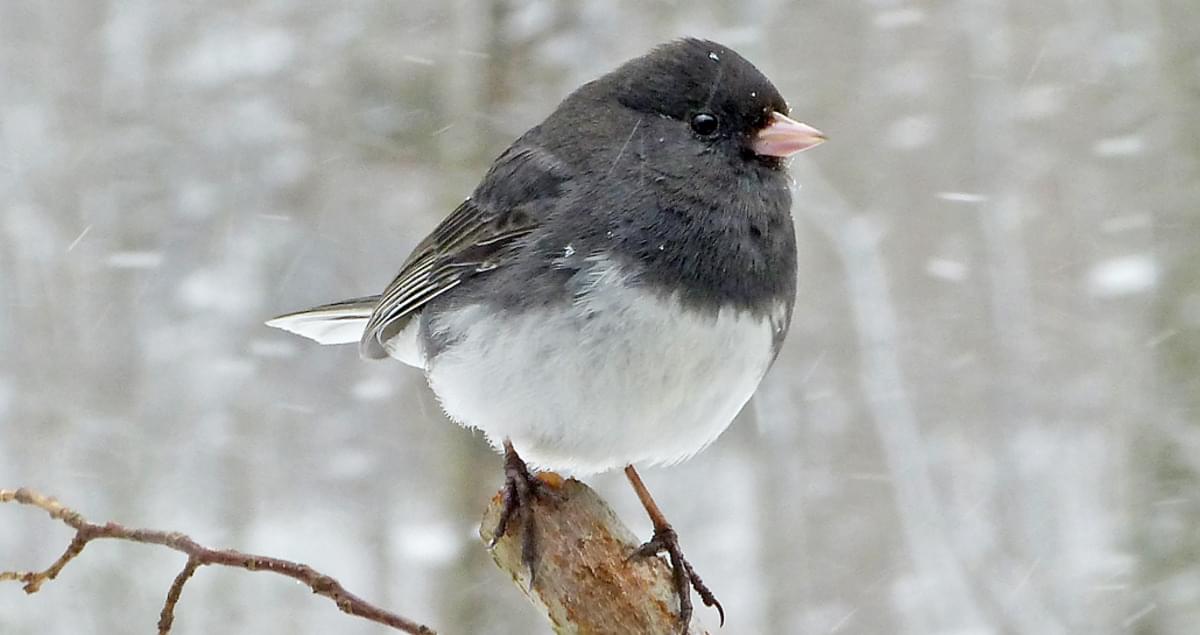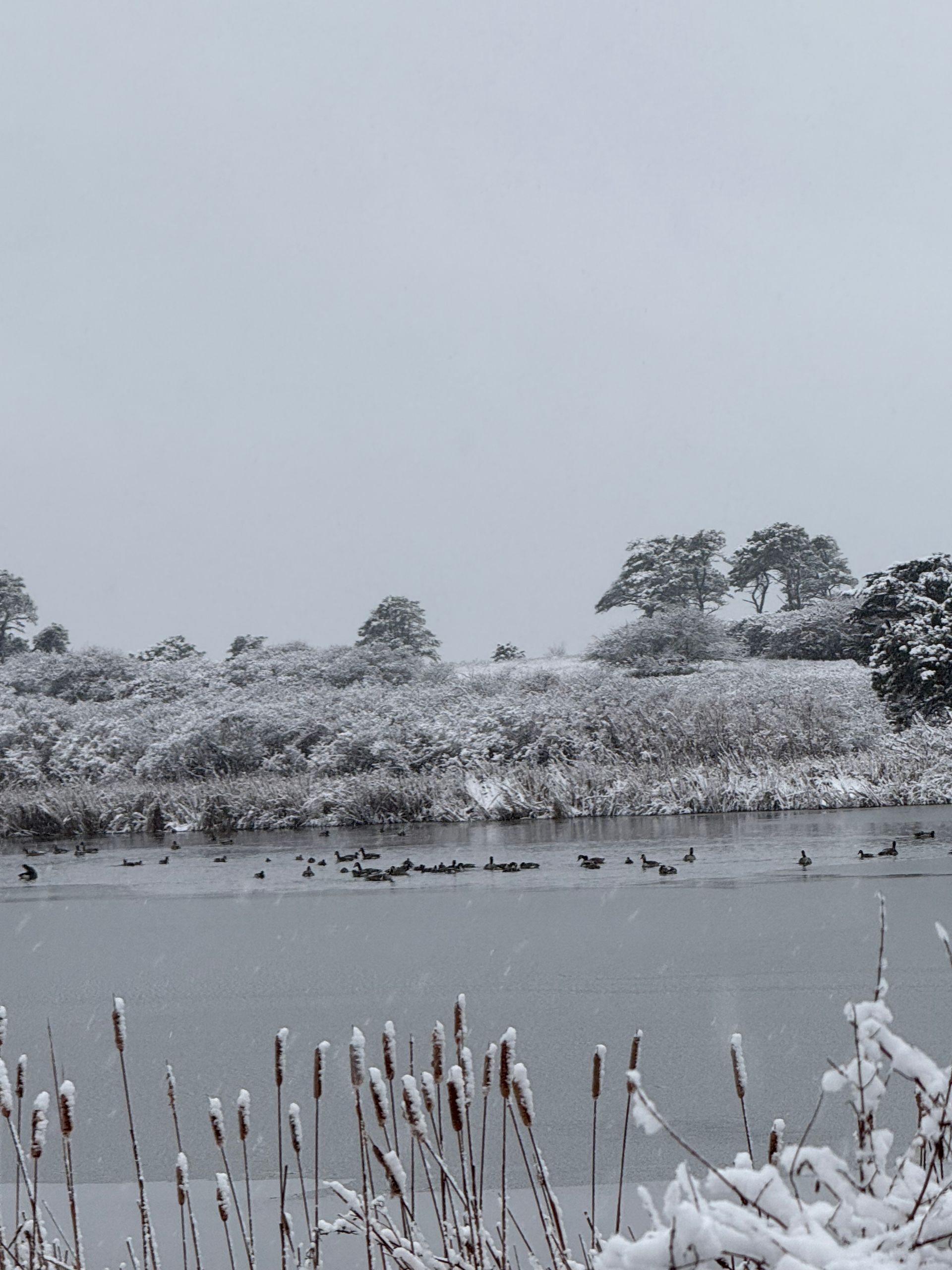Corn Niblets
We all know, I am not an ornithologist. I would liken myself to a very amateur birder. While I worked a great deal with my friend and mentor, Edith Andrews, over the years, particularly on her book, I still am TERRIBLE at shorebirds and warblers. Even harriers and hawks.
I grew up watching birds – my parents are birders. My dad had a primo seat at the bird venue in his study – close to the feeders and the hummingbird feeder right outside the shop keeper’s style window of his study.
But (as I tend to do) I digress.
What are corn niblets and birds doing in the same blog you wonder? Well, that’s what I think of when I see Dark-eyed Juncos. Their beaks remind me of a piece of a corn kernel – and thus the niblets term. Believe it or not, I have never really seen – or maybe noticed – a Junco until I was in my early 20s and my husband and I were living outside Washington, DC where he was an officer stationed with the US Coast Guard. We had a large second story deck and I was feeding the birds. It was November or December and all these little birds with white-greyish breasts and black backs with little beaks showed up. I called my Mom who said, “That’s a Junco!’ And probably also then thought, “Duh.”
If you haven’t seen a Junco, they’re absolutely adorable and a harbinger of cold weather around these parts. Last year, I never seemed to glimpse one at all. We seem to have waves from year to year where we have a lot or they are few and far between. But in any case, I was rather excited to see one under my feeder the other day. I went back to look in my bird list and realized I never saw one in 2020 nor in 2021!
Now, identification books state they have a pink-ish beak but I always see them more as a yellowy color – maybe it’s my eyes – but it’s really the size that reminds me of a kernel of corn! But take a look and let me know what you think.
JNLF
Recent Posts





